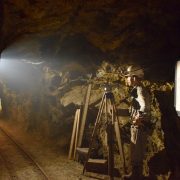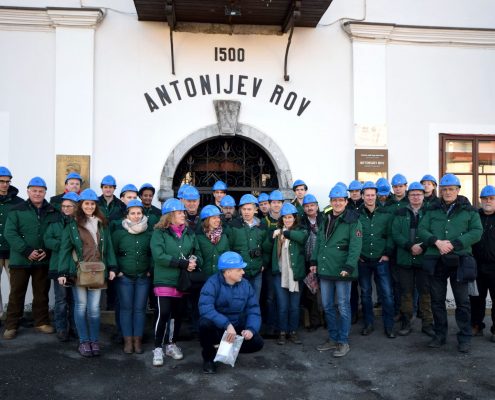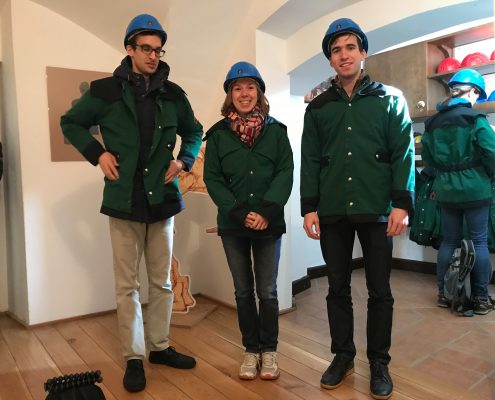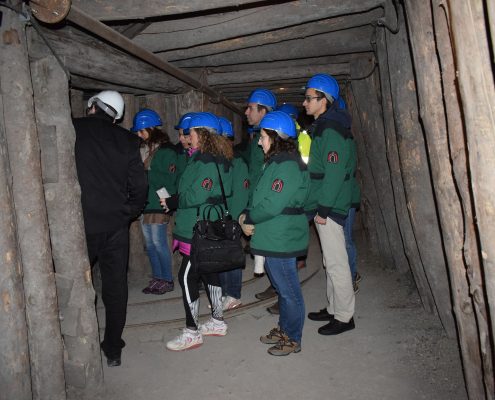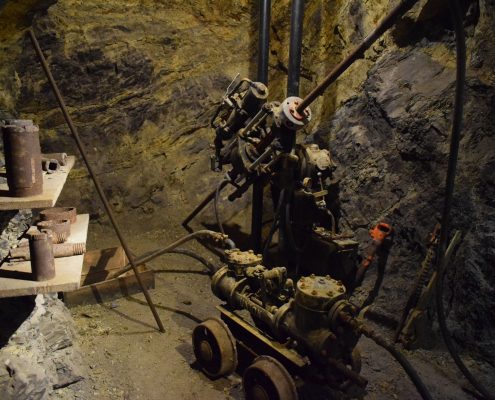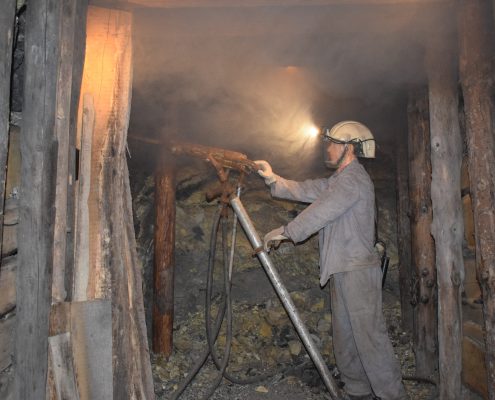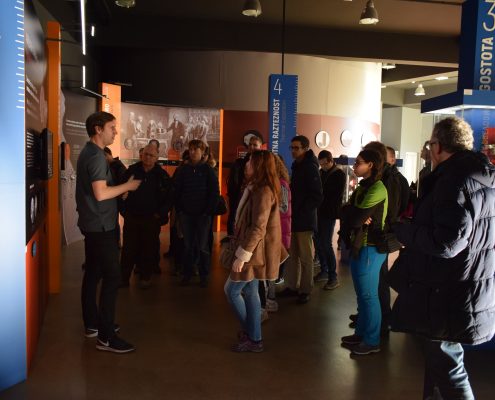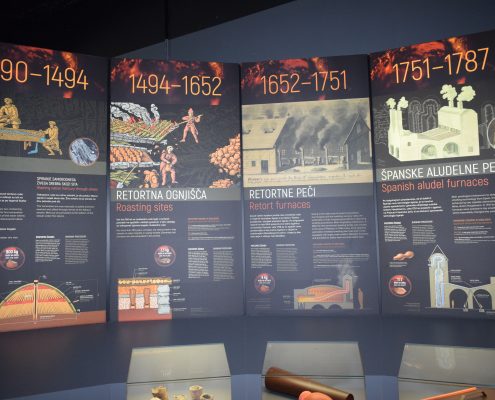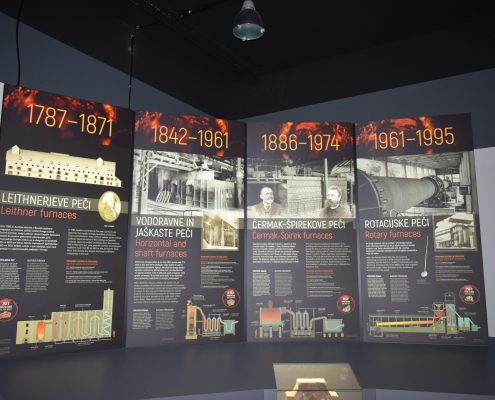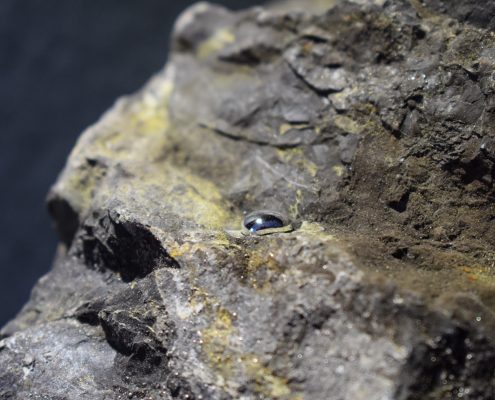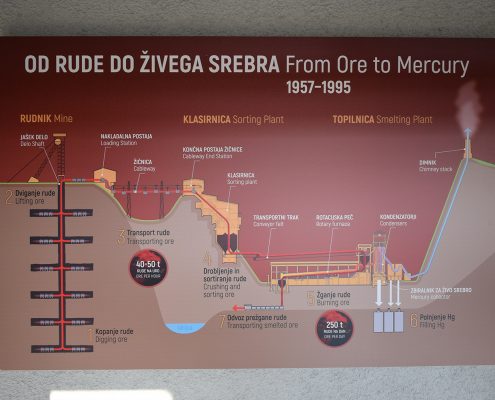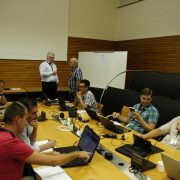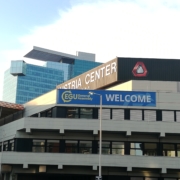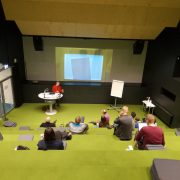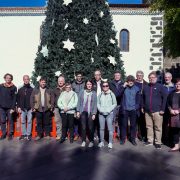Field trip to Idrija Mercury Mine – UNESCO WHS
LPRC team participated at the fieldtrip, previous to UNEXMIN & ¡VAMOS! joint conference, to Idrija mercury (Hg) mine, west from Ljubljana. The mercury occurrence was discovered at Idrija in the 15th century, and the mining operation soon followed. Mercury is present as both liquid metal and cinnabar (HgS) – Idrija has been developed as the second largest Hg mine in the world. During the last centuries, Idrija’s miners dug over 700 km tunnels, spread across 15 levels down to 380 m depth. The estimated total production is around 150 thousand tonnes of mercury, that has been used for science, agriculture, extraction of other precious metals, amongst other uses, across Europe and worldwide(1). However, Hg mining in Europe has been shut down, together with the Idrija mine, in 1995 due to health and environmental concerns. Today the mine and the ore processing facilities are part of the UNESCO World Heritage, showcasing the rich mining history to visitors.
The mine visit showed the technological characteristics of Hg mining at different centuries. The visitors were also explained about the life of the miners, the role that Hg mining played in the economic, political, cultural aspects of Idrija, and its advantages/disadvantages.
360 degree view in the mine (drag and move the photo to look around).
The group next visited the nearby ore processing facilities and the historical exhibition of Idrija Hg mining. The ore processing facilities went through, at least, 8 major technological upgrade since 1490.

